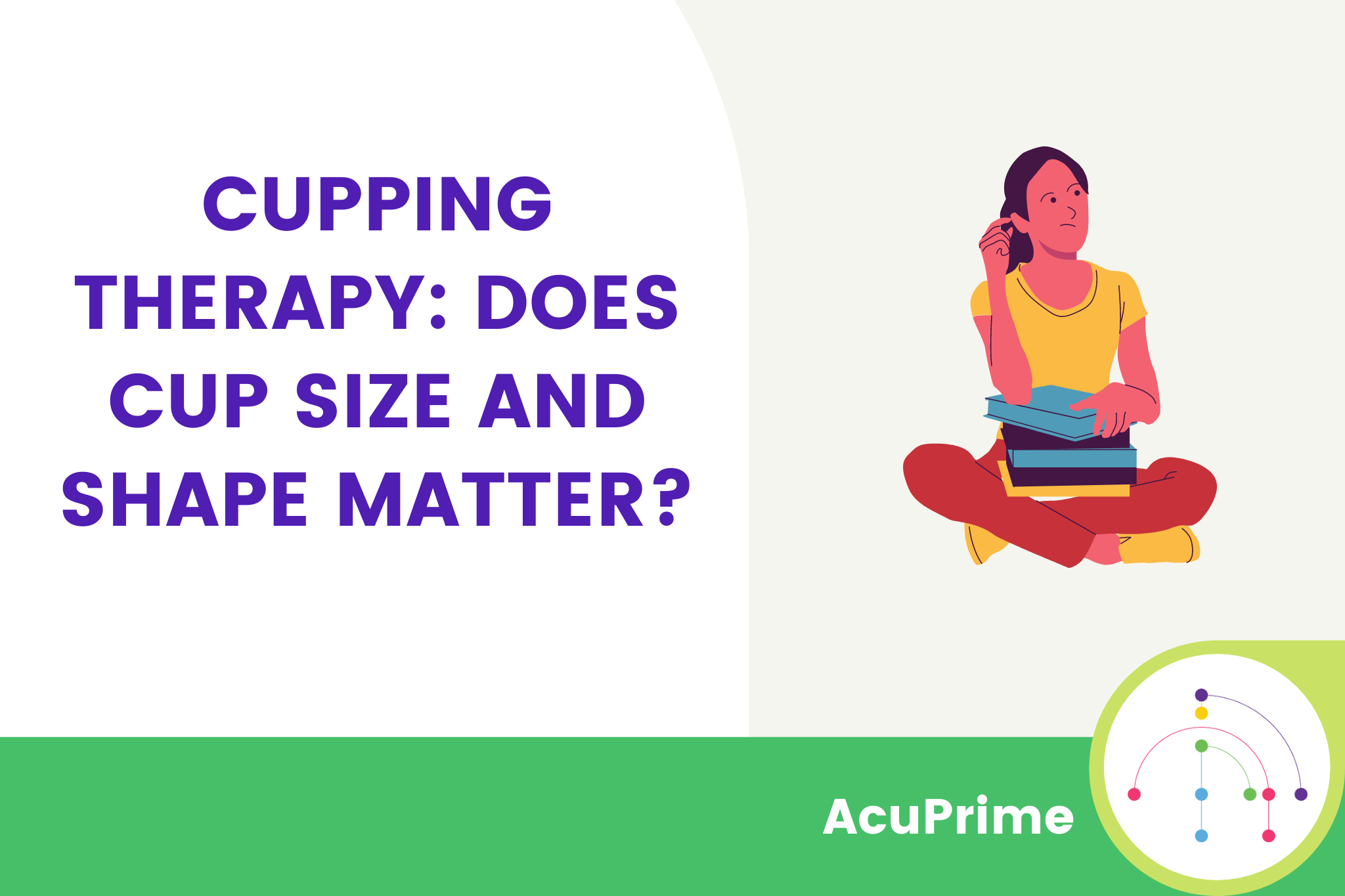With around 9 million pet dogs in the UK and almost a quarter of households having at least one, it feels like there are more dogs than ever on pavements and in our homes. When it comes to physical health though, we are an increasingly sedentary and overweight population.
We think the country is missing a trick here.
Physiotherapy can play a vital part in helping patients retain their scope of movement as well as manage obesity but adherence to programmes and advice can be challenging. Often, it’s a case of fitting movement and exercise into a patient’s life in a way that feels natural. And what could be better than playing with your dog?
In this article, we’re going to take a look at ways patients can get moving with their dogs.
Linking Exercise with Dog Ownership
Every single dog needs daily exercise which can be quite a commitment, even for the most enthusiastic owner. The amount of exercise a dog needs depends on its age and breed but that doesn’t divert from the fact it must happen every day. Studies have shown that dog ownership can be a brilliant method of motivation for dog owners and by linking exercise with the needs of their dogs, you might just see a larger uptake and adherence to movement goals.
#1 — Do it for the dog
Many people find it challenging to motivate themselves to do daily exercise, even for something as simple as a half-hour walk. However, the very same people might find it easy to get motivated to help others. This likely extends to their dogs too.
As dogs require outdoor exposure and exercise for their physical and mental health, framing daily walks as something that benefits both your patient and their dog could be a simple way to encourage them to get out the door.
#2 — Shoulder and back movements
Plenty of dog breeds love a game of fetch and activities such as ball throwing and frisbee rely on arm, shoulder and back movements. While some patients might struggle to find the motivation to do specific shoulder and back exercises every day, they might be more amenable to engage with them if they get to spend the time with their dog.
Are there are dog-friendly games that could help your patient with their shoulder rehabilitation or safely increasing the strength of their back?
#3 — Run, run, run
Running and jogging are fantastic for fitness as well as mental health but can feel intimidating to those new to the activities. Dogs are also built to run, just like humans, but unfit dogs need to build up to their full capability too.
Recommending that your patients begin jogging gently with their dogs can help motivate them to lace up those trainers whilst simultaneously ticking off their dog’s exercise needs for the day.
#4 — Pedal Pooch
Highly energetic dogs need considerable exercise and can often walk and run for hours on end. Without this access to movement, these dogs can get unhealthy and suffer mentally. Cycling with dogs like huskies, Labradors and border collies is a good option for patients who aren’t getting enough exercise yet have exuberant dogs.
#5 — Swimming
Whilst not an option for a public pool, dogs are typically reasonable swimmers and the exercise can be excellent for them. Particularly for larger, stronger dogs, swimming expands the lungs and exercises every muscle, just as it does in humans.
If you have patients who are open to trying or already undertake some open water swimming in lakes or the sea, they might feel more motivated if they started taking their dog swimming too. Of course, just like humans, dogs need to build up swimming strength as well, and care should always be taken to assess the weather and water conditions.
Exercising with Dogs
Studies have shown that owning a dog can encourage and motivate people to do more exercise but plenty of your patients might see exercise and dog activities as separate things. By encouraging them to link the two, your patients might find they enjoy exercise more and make considerably more time for it.
They’ll have happier, healthier dogs as well. Win win.








